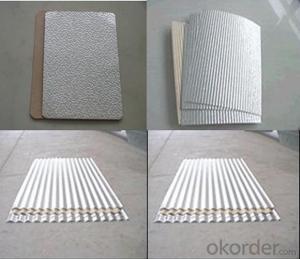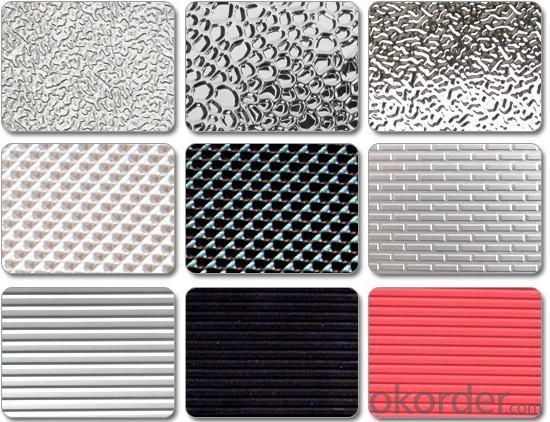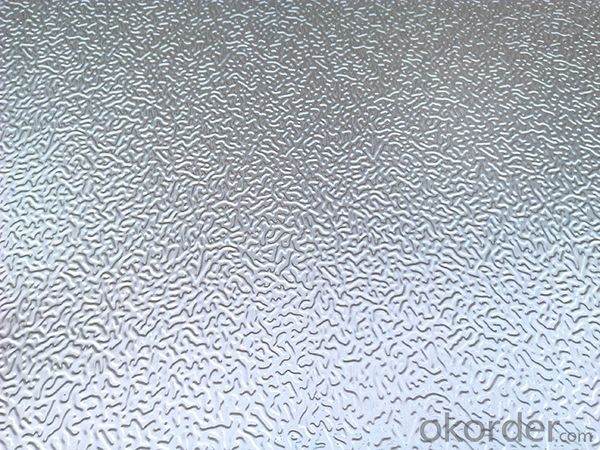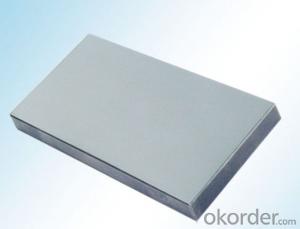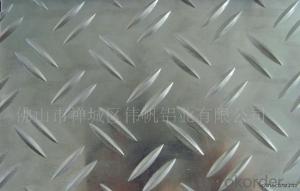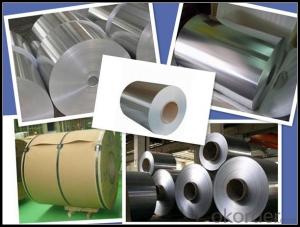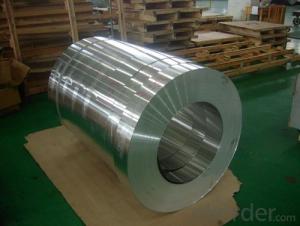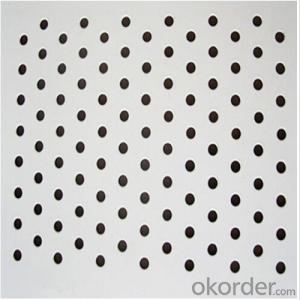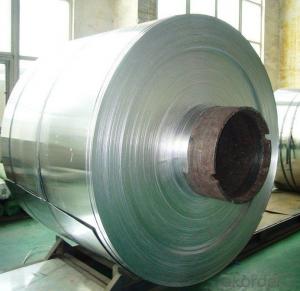DC/CC stucco embossed aluminum sheet 1050/1060/1100/3003/3104/5052/5083
- Loading Port:
- Shanghai
- Payment Terms:
- TT OR LC
- Min Order Qty:
- 5 m.t.
- Supply Capability:
- 9000 m.t./month
OKorder Service Pledge
OKorder Financial Service
You Might Also Like
Specification
Cold rolling aluminum sheets &coils:
ALLOY | SEPCIFICATION | TEMPER | |
THICKNESS | WIDTH | ||
1100,1200,1145,1235,1050,1060,1070 | 0.200-6.0 | 900-190025-1900 | O,H22,H14,H24,H16,H26,H18 |
3003,3A21,3103,3105,3402 | 0.200-6.0 | 900-190025-1900 | O,H14,H24,H16,H26,H18 |
5052,5A02,5005,5754,5083 | 0.200-6.0 | 900-190025-1900 | O,H14,H24,H16,H26,H18,H36,H38 |
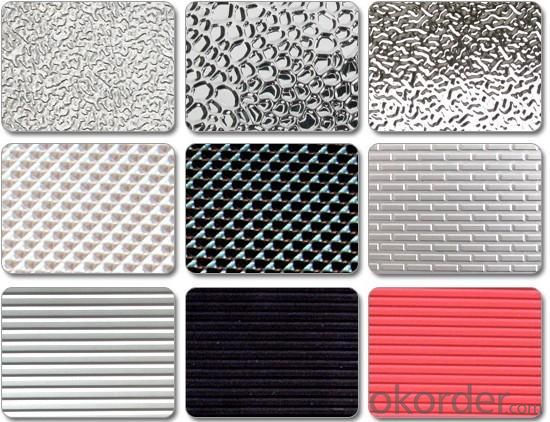
Embossed aluminum sheets
ALLOY | SEPCIFICATION | TEMPER | |
THICKNESS | WIDTH | ||
1100, 1050,1060,1070 | 1.0-5.0 | 1000-2200 | H114,H112 |
3003,3004,3105 | 1.0-5.0 | 1000-2200 | H114,H112 |
5052,5005,5754,5083 | 1.0-5.0 | 1000-2200 | H114,H112 |
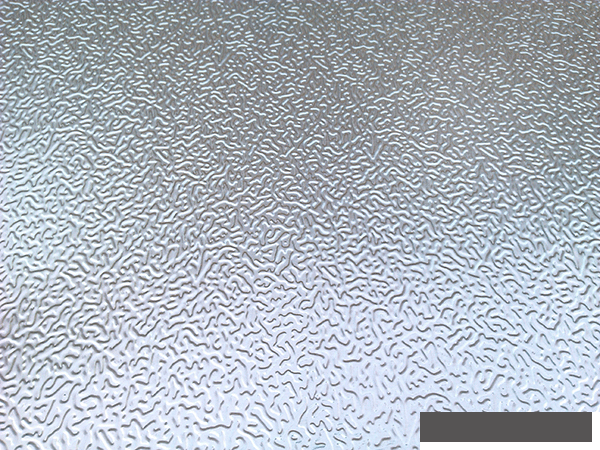
Roller coating sheet &coils
ALLOY | SEPCIFICATION | TEMPER | |
THICKNESS | WIDTH | ||
AA1100, AA1050,AA1060 | 0.3-2.5 | 20-1850 |
All tempers |
AA3003,AA3004,AA3105 AA3005,AA3104 | 0.3-2.5 | 20-1850 | |
AA5052,5005,5754,5083 | 0.3-2.5 | 20-1850 | |
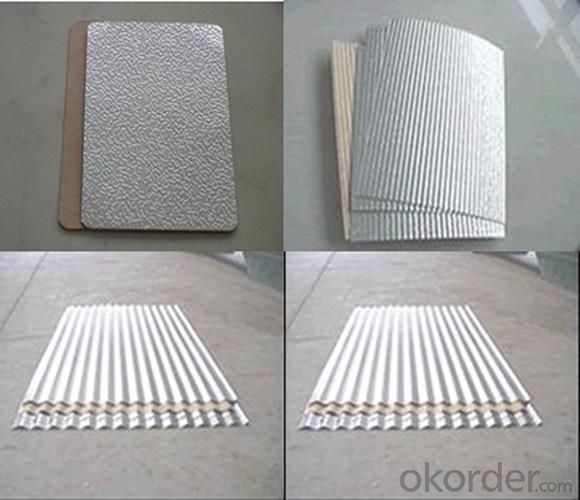
Company Information
CNBM have a registered capital of US$ 300 million. Our company is engaged in the production and trade of all kinds of aluminum steel finished and unfinished products.aluminum sheet is our main production and sell well. We have established business relationships with clients in the Korea, Japan, Singapore, Iran, Dubai, Yemen, Chile, Brazil, France, UK, Italy, Canada and more than 20 countries and regions for aluminum sheet Annual sales revenue is USD 50 billion. The details of payment method, delivery time and minimium quantity and so on for aluminum sheet can be negotiated according to the order.
- Q: Normally, when I install a 30-amp dryer receptacle, the wire is #10 copper and I double over the end with lineman's pliers prior to landing it in the lug just to be extra tight. Today I replaced a dryer outlet wired with #8 aluminum SE. The quandaray I have is that the lugs seem made for #6 and the #8 just sort of flattens and divides under the screw. Is this safe? The doubling over move makes the wire way too thick for the lugs to close. I've been doing electric for many years and have never run into this. Should I go back and re-run the circuit (only about 30 feet) in #10 copper? What is the actual draw of a typical electric dryer on high heat, anyway? Thanks.
- Make sure all work is done to code, we had a house with aluminum wiring, it gets hot when a larger load is applied. When selling, the couple who bought it had an inspector come and he said we had to do all this work or they could not get a mortgage. Whatever you do, make sure it is fully up to code, or you will have alot of trouble selling your home one day.
- Q: What are the different joining methods for aluminum sheets?
- Aluminum sheets can be joined using various methods, each with its own advantages and considerations. Common techniques for joining aluminum sheets include: 1. Welding: Aluminum sheets can be welded together by melting them and using a filler material. Welding techniques like gas tungsten arc welding (GTAW), gas metal arc welding (GMAW), or laser welding are commonly used. Welding creates strong and durable joints, but it requires skilled labor and can be time-consuming. 2. Adhesive bonding: Another method is adhesive bonding, where a specialized adhesive or glue is applied to the surfaces to be joined. Adhesive bonding offers benefits like excellent corrosion resistance, uniform stress distribution, and the ability to join different materials. However, it requires proper surface preparation and can be affected by temperature and humidity. 3. Mechanical fastening: Mechanical fastening involves using bolts, screws, rivets, or clips to join aluminum sheets. It is a simple and cost-effective method that allows for easy disassembly if needed. However, it may create stress concentrations around the fasteners and the joints may not be as strong as welded ones. 4. Friction stir welding: Friction stir welding is a newer method gaining popularity for aluminum sheets. It involves rotating a non-consumable tool along the joint line, generating friction and heat that softens and joins the sheets. Friction stir welding offers benefits like high joint strength, low distortion, and defect-free welds. However, it requires specialized equipment and is limited to certain sheet thicknesses. 5. Clinching: Clinching is a cold joining method that deforms the sheets using a punch and die without melting them. The sheets are pressed together under high pressure, creating a mechanical interlock. Clinching is a fast and cost-effective method that doesn't require additional materials, but it may cause visible surface deformation. When choosing a joining method for aluminum sheets, factors like joint strength, corrosion resistance, aesthetics, production cost, and specific application requirements should be considered. Each method has its own advantages and limitations, so the most suitable technique depends on the project's specific needs.
- Q: Can aluminum sheets be used in outdoor environments?
- Yes, aluminum sheets can be used in outdoor environments. Aluminum is a highly versatile and durable material that is well-suited for outdoor applications. It has excellent resistance to corrosion, which makes it ideal for withstanding the elements such as rain, snow, and UV radiation. Additionally, aluminum sheets are lightweight yet structurally strong, making them suitable for various outdoor projects such as roofing, siding, and cladding. Furthermore, aluminum is non-combustible, making it a safe choice for outdoor environments. Overall, aluminum sheets provide a reliable and long-lasting solution for outdoor applications.
- Q: What will affect the performance of the aluminum ingot in the process of casting?
- There are two major types of aluminum ingot after industrial application: cast aluminum alloy and wrought aluminum alloy. Cast aluminium and aluminum alloy are used to produce aluminium castings by casting method. Wrought aluminium and aluminium alloy are produced by pressure process. They are plates, belts, foils, tubes, rods, shapes, wires and forgings. According to the national standard "aluminum ingots for remelting by chemical composition is divided into 8 grades, namely Al99.90, Al99.85, Al99.70, Al99.60, Al99.50, Al99.00, Al99.7E, Al99.6E" (Note: Al number is aluminum content). Some people call "A00" aluminum, in fact, is aluminum containing 99.7% purity aluminum, called standard aluminum in the London market".
- Q: Aluminum and oxygen gas react to produce aluminum oxide
- Aluminium oxide is Al2O3, so there are 3 oxygen atoms for every 2 aluminium atoms. Divide 75 by the relative atomic mass of oxygen (15.9994). That is proportional to the number of oxygen atoms. Then divide by 3 and multiply by 2. This gives a number proportional to the number of aluminium atoms. Then multiply this by the relative atomic mass of aluminium (26.981529) to give the mass of aluminium required in grams.
- Q: Can the aluminum sheets be used for manufacturing automotive radiators?
- Indeed, automotive radiators can be manufactured using aluminum sheets. The lightweight nature of aluminum, along with its exceptional heat transfer qualities and resistance to corrosion, make it a favored material for automotive radiators. The malleability of aluminum sheets allows for effortless shaping and sizing to meet the specific requirements of radiator construction. Furthermore, aluminum radiators outperform traditional copper radiators in terms of cooling efficiency. Consequently, employing aluminum sheets for the production of automotive radiators is a feasible and beneficial choice.
- Q: Can aluminum sheet be used for medical applications?
- Yes, aluminum sheet can be used for certain medical applications. It is commonly utilized in medical equipment, such as imaging machines, as it is lightweight, durable, and has good electrical conductivity. However, it is important to note that aluminum's use in direct contact with the human body or in implants is limited due to potential health concerns and the availability of more suitable materials.
- Q: Is it possible to use aluminum sheets as a material for the exterior walls of residential buildings?
- <p>Yes, aluminum sheets can be used for exterior walls in residential buildings. They offer several advantages such as durability, resistance to weather and corrosion, and low maintenance. Aluminum is lightweight, which can reduce structural load, and it can be easily shaped and installed. Additionally, it has good thermal performance and can be combined with insulation for energy efficiency. However, it's important to consider the aesthetic appeal, as aluminum may not match the traditional look of some residential buildings, and ensure it meets local building codes and standards.</p>
- Q: I constructed a small hho generator for experimental purposes. I needed to add a cooling condenser to the unit because of a overheating problem. I was using a old heater core from a vehicle, soldered some joints to make some connections. the solution seemed to have eaten the solder I used, which was normal lead free solder used in water pipes. I was going to invest into a trans cooler core which is made of aluminum, but I need to know if the solution will eat up the aluminum. I also thought about using a condenser core from a broken window a/c, which is made of copper tubing. any advise would be very help full
- Aluminum, yes; copper, no. Aluminum is attacked by both acids and bases (it is what is called amphoteric); copper is attacked by neither -- although nitric acid will attack copper by oxidizing it. Solder joints may be attacked by acid, but may be more or less immune to attack by strong bases, depending on what is in the solder.
- Q: What are the potential safety issues that may arise from the use of aluminum sheets?
- <p>Aluminum sheets are generally safe to use in most applications. However, there are a few safety concerns to consider. First, aluminum can be a skin irritant for some individuals, so it's important to wear protective gloves when handling. Second, aluminum dust, when inhaled, can cause respiratory issues. Proper ventilation should be maintained during cutting or grinding operations. Lastly, aluminum can conduct electricity, so it should not be used in electrical applications without proper insulation. Always follow safety guidelines and use protective equipment when working with aluminum sheets to minimize these risks.</p>
Send your message to us
DC/CC stucco embossed aluminum sheet 1050/1060/1100/3003/3104/5052/5083
- Loading Port:
- Shanghai
- Payment Terms:
- TT OR LC
- Min Order Qty:
- 5 m.t.
- Supply Capability:
- 9000 m.t./month
OKorder Service Pledge
OKorder Financial Service
Similar products
Hot products
Hot Searches
Related keywords
